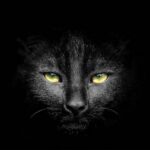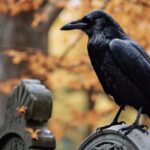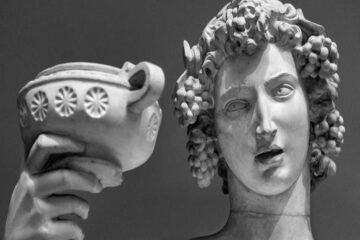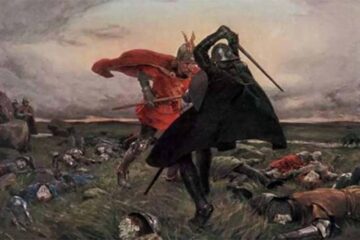10 Ancient Superstitions and Their Origins
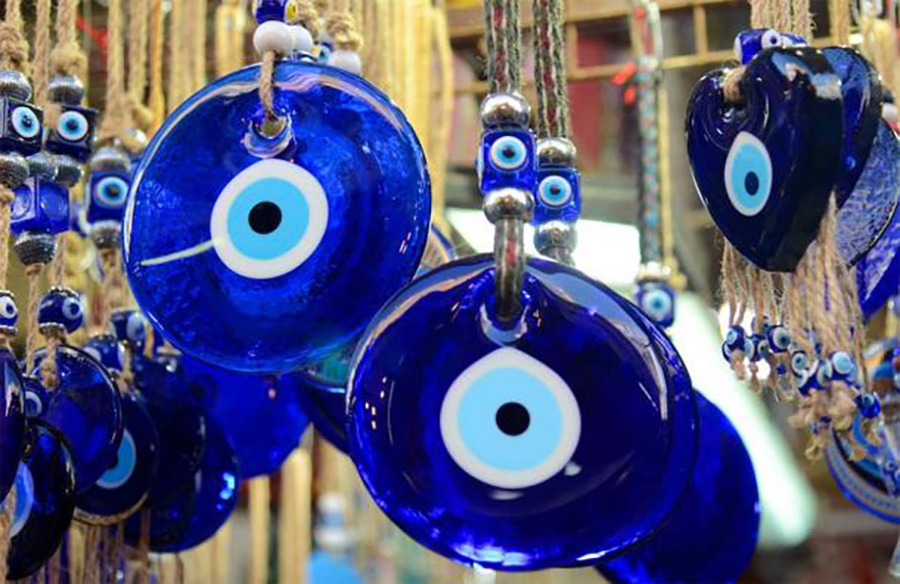
Superstitions have fascinated humanity for centuries, intertwining fear and intrigue into the fabric of our history. While many modern individuals may dismiss them, ancient superstitions once dictated the actions of our ancestors, influencing their daily lives and beliefs. Exploring the origins of these superstitions often reveals practical explanations hidden beneath layers of supernatural folklore. Let’s delve into the chilling world of ancient superstitions and uncover the stories behind them.

- The Evil Eye: Malevolent Glances
The belief in the evil eye, a curse cast by malevolent stares, traces back over 3,000 years to ancient Mesopotamia. Clay tablets unearthed from the 7th century BC provide evidence of this superstition and the incantations used to ward off its effects. Over time, the belief spread across cultures, leading to the creation of protective symbols like the blue and white “eye” commonly found in Greece and Egypt.
- Walking under Ladders: Sacred Shapes and Superstition
The superstition surrounding walking under ladders dates back to ancient Egypt, where triangular shapes were considered sacred. Disturbing these shapes, such as those formed by leaning ladders, was seen as disrespectful to the gods. In medieval Europe, ladders took on an eerie association with gallows, reinforcing the belief that passing beneath them invited misfortune.

- Friday the 13th: Unlucky Convergence
Friday the 13th combines two superstitions: the unluckiness of Fridays and the fear of the number 13. While the origin of the fear of the number 13 is uncertain, it may stem from ancient beliefs surrounding the “perfect” number 12. Friday’s association with bad luck comes from Christian tradition, with the day being linked to significant events like the crucifixion of Jesus.
- Black Cats: From Reverence to Fear
Black cats have been both revered and feared throughout history. In ancient Egypt, they were revered as divine creatures, while medieval Europe associated them with witchcraft and evil. The superstition surrounding black cats reached a dark peak during the witch hunts of the 16th and 17th centuries, leading to the persecution of both cats and their alleged witch owners.
- Breaking a Mirror: Shattering Souls
The belief that breaking a mirror brings seven years of bad luck originated in Greek and Roman times. Mirrors were thought to hold a piece of one’s soul, and breaking them damaged both the physical reflection and the spiritual essence of the person. This superstition persisted through the Middle Ages, where mirrors were scarce and expensive, amplifying their mystical significance.
- Opening an Umbrella Indoors: A Taboo of Timing
Opening an umbrella indoors is considered bad luck in many cultures, each with its own explanation. In Victorian England, it was viewed as impractical due to the umbrella’s size and spring-loaded mechanism. In Asia, the superstition had darker origins, resembling funeral rituals and potentially angering spirits. Today, the superstition serves as a curious blend of practical advice and supernatural belief.
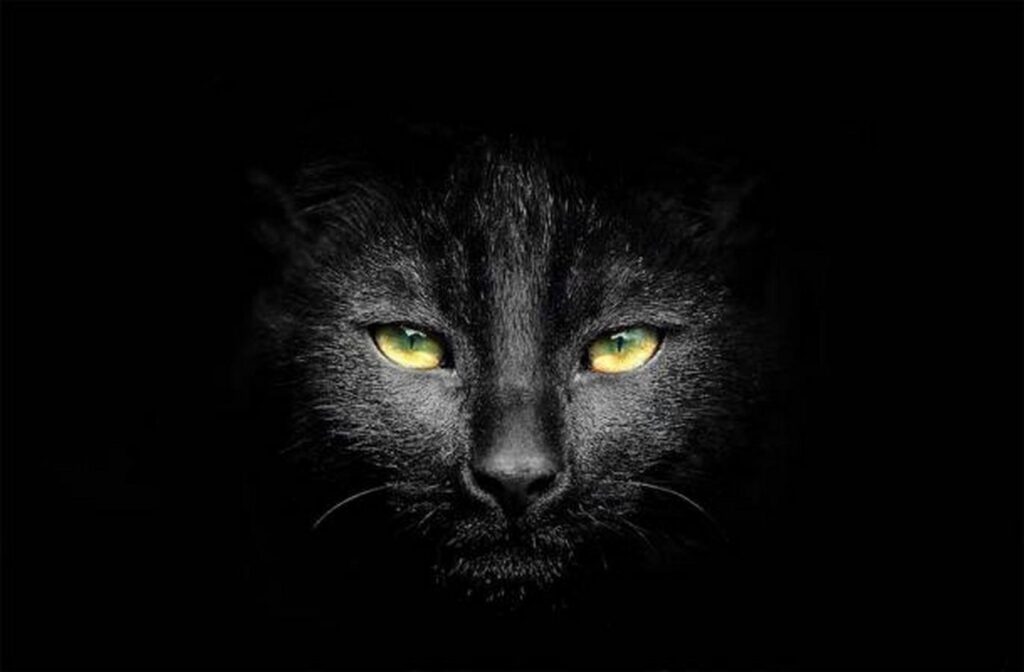
- Horseshoe Superstitions: Charms of Protection
Horseshoes have long been regarded as symbols of good luck and protection. In ancient Europe, iron was believed to ward off malevolent forces, while the horseshoe’s shape, resembling the moon, was associated with pagan lunar deities. Hanging horseshoes over doorways became a common practice, believed to safeguard homes and bring prosperity.
- Spilling Salt: Stirring Supernatural Ire
Spilling salt has been linked to bad luck since Roman times when salt was considered sacred. In medieval Europe, the act was believed to attract evil spirits or witches, leading to misfortune. Tossing a pinch of spilled salt over one’s shoulder was a common remedy, thought to blind the devil and avert impending bad luck.
- Whistling at Night: Summoning the Supernatural
The superstition against whistling at night reflects ancient beliefs about the dangers of the dark. In medieval Europe, the night was perceived as inhabited by witches, demons, and other malevolent entities. Whistling was seen as an invitation to these supernatural beings, potentially leading to illness, possession, or other misfortunes.
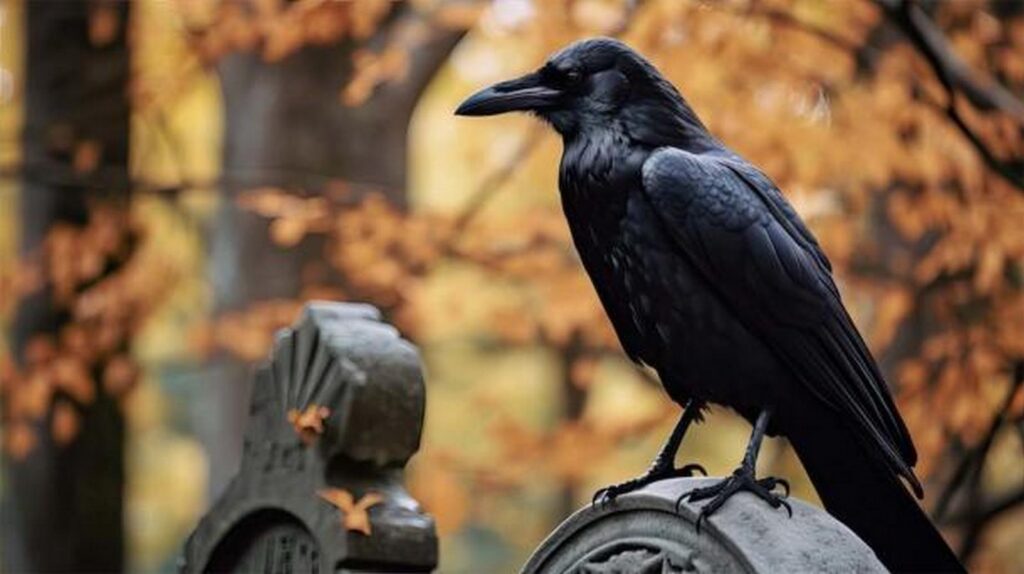
- Crows and Ravens: Omens of Light and Darkness
Crows and ravens have symbolized both death and wisdom throughout history. In Norse mythology, they were associated with gods and goddesses, while in European folklore, they were often viewed as harbingers of doom. Despite their dark reputation, these birds were also seen as symbols of intelligence and cunning in Native American cultures.
Exploring ancient superstitions unveils a complex tapestry of human beliefs and perceptions. While some may dismiss them as mere folklore, these superstitions offer insights into humanity’s innate desire to understand and control the unknown. Whether rooted in practicality or steeped in mysticism, ancient superstitions continue to fascinate and intrigue us, reminding us of the enduring power of the human imagination.




